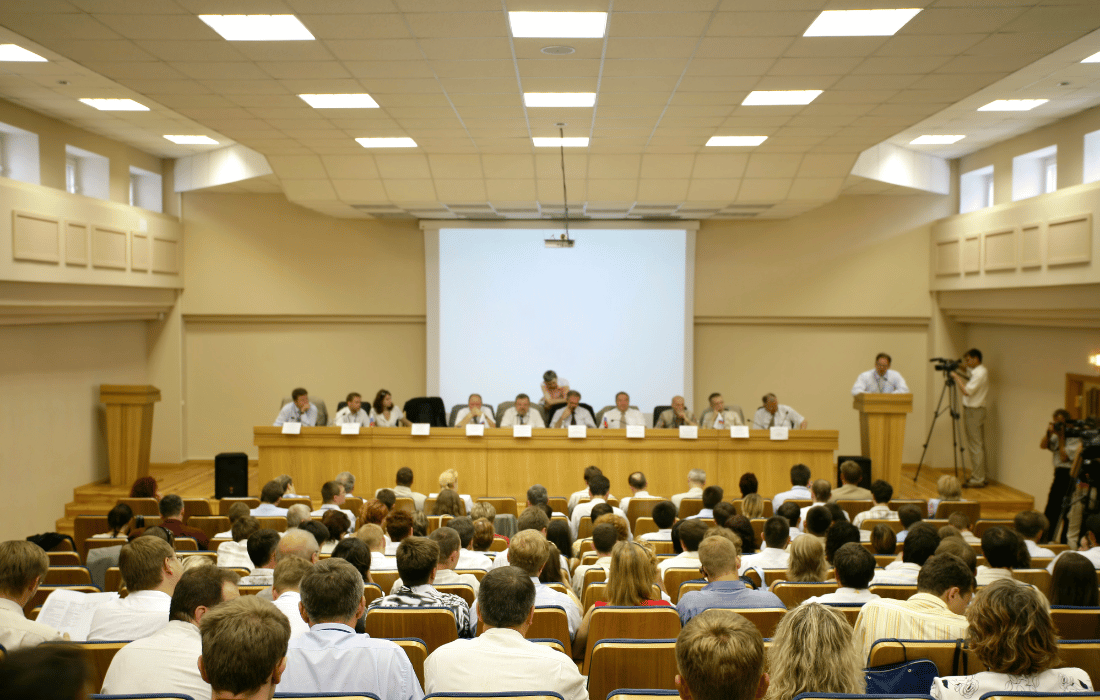In today’s tech-centered world, the conversation around electromagnetic fields (EMFs) and non-ionizing radiation (NIR) is growing louder. As we immerse ourselves in a convoluted web of Wi-Fi signals, mobile networks, and other electronic advancements, the potential health risks associated with EMFs are increasingly scrutinized. Amid this rising concern, one organization has emerged as a beacon of reliable research and guidance: the Swiss expert group known as BERENIS.
Established in 2014, BERENIS (an acronym derived from its German name) operates under the Federal Office for the Environment (FOEN). This consultative group of experts from diverse disciplines is tasked with a critical mission: to screen, assess, and interpret scientific findings related to EMFs and NIR to protect public health. Let’s dive into why BERENIS is an essential player in the field of modern environmental health.

What Is Berenis
In Switzerland, the FOEN is the government authority responsible for monitoring and assessing the health effects of NIR from stationary sources, including mobile phone towers, power lines, and other infrastructure. Recognizing the rapidly evolving nature of technology and its associated risks, FOEN established BERENIS in July 2014 to ensure public safety remains a top priority.
BERENIS is a multidisciplinary group of experts in fields such as biology, medicine, physics, and engineering. Their primary task is to regularly review scientific literature, identifying studies most relevant to understanding the health implications of NIR exposure. This rigorous analysis provides early detection of potential health risks, enabling Switzerland to take proactive regulatory actions when necessary.
How Does BERENIS Work?
BERENIS stands out for its systematic and meticulous approach to assessing scientific studies. Its members review newly published research and prioritize those studies based on specific criteria to determine their relevance to public health. These criteria include:
-
- General Relevance:
-
- Studies that meet high scientific standards.
-
- Research involving environmentally relevant exposures, such as emissions from infrastructure facilities.
-
- Studies presenting new or controversial scientific perspectives.
-
- General Relevance:
-
- Epidemiological Studies:
-
- Research findings relevant to human health and well-being.
-
- Studies involving exposure levels within or below Switzerland’s regulatory limits.
-
- Research with a direct connection to the Swiss context, including data collected within Switzerland.
-
- Epidemiological Studies:
-
- Experimental Studies:
-
- Findings that could significantly impact our understanding of human health.
-
- Studies conducted under controlled conditions with well-defined exposure setups.
-
- Research challenging previous findings or offering groundbreaking insights.
-
- Experimental Studies:
By focusing on these specific criteria, BERENIS ensures that its evaluations are rooted in rigorous science and have direct implications for protecting public health.
The Members of BERENIS
One of the group’s strengths lies in its interdisciplinary nature. The BERENIS team is composed of Swiss experts with extensive experience in various scientific domains. This diversity of expertise is crucial for evaluating the broad spectrum of research related to EMFs and NIR.
The group’s ability to analyze studies ranging from molecular biology to epidemiology ensures that all aspects of potential health risks are considered. This multidisciplinary approach reflects the complexity of NIR exposure, which spans frequencies below 10 GHz and has diverse biological effects.
BERENIS’s Focus on Transparency and Communication
To keep the public informed, BERENIS publishes quarterly newsletters summarizing its findings. These newsletters are accessible to everyone and provide a clear, concise overview of the most important studies and their implications. This transparency not only fosters trust but also empowers individuals and policymakers with valuable knowledge about EMFs and NIR.
Some highlights of BERENIS’s work include:
-
- Evaluating the health impacts of prolonged exposure to low-frequency EMFs from power lines.
-
- Assessing the potential biological effects of high-frequency radiation from
 mobile networks.
mobile networks.
- Assessing the potential biological effects of high-frequency radiation from
-
- Investigating how EMF exposure might influence vulnerable populations, such as children and individuals with pre-existing health conditions.
These newsletters serve as a reliable resource for anyone looking to stay informed about the latest scientific developments in this field.
The Importance of BERENIS’s Work
BERENIS plays a pivotal role in ensuring that Switzerland remains a leader in evidence-based public health measures. By critically assessing new research, the group helps identify potential health risks before they become widespread issues. For instance:
-
- Their evaluations contribute to Switzerland’s regulatory framework, which includes strict ambient limits for NIR exposure.
-
- They provide the scientific foundation for updates to these limits, ensuring they remain aligned with the latest knowledge.
-
- Their work also highlights gaps in current research, guiding future scientific inquiries into EMFs and NIR.
In a world where misinformation about EMFs can easily spread, BERENIS’s commitment to rigorous science is a powerful antidote to separate legitimate concern from fearmongering and pseudoscience.
What We Can Learn from BERENIS
For individuals concerned about EMF exposure, BERENIS’s findings offer several practical takeaways:
- Minimize exposure: Limit the use of devices that emit EMFs, especially in close proximity to your body. For example, use hands-free options for mobile phones and avoid placing them near your bed at night.
- Optimize your environment: Consider creating low-EMF zones in your home, such as turning off Wi-Fi when not in use and using wired internet connections.
- Stay informed: Follow BERENIS’s newsletters to learn about the latest research and recommendations for reducing risks associated with EMFs.
Practical Tools for Personal EMF Safety

While BERENIS provides invaluable insights into the broader public health implications of EMF exposure, individuals can take proactive steps to protect themselves and their families. One innovative solution is Aires Tech’s scientifically backed EMF protection devices. Designed to diffract electromagnetic fields, these tools offer a practical way to mitigate EMF exposure in daily life, whether at home, at work, or on the go.
By integrating such devices into your environment, you can complement the broader recommendations from BERENIS while taking immediate action to safeguard your health amidst our ever-connected world.
The Future of BERENIS
As technology continues to evolve, the work of BERENIS becomes increasingly vital. Emerging technologies, such as 5G and eventually 6G networks, as well as smart home devices, are all introducing new forms of NIR exposure. BERENIS’s expertise will be essential in evaluating the potential health impacts of these advancements and ensuring that public safety remains a priority.

Additionally, their interdisciplinary approach sets a benchmark for how other countries can address the challenges posed by EMFs and NIR. By fostering collaboration among experts from diverse fields, BERENIS demonstrates the power of science to navigate complex environmental health issues.
Final Thoughts
In an era of rapid technological growth, understanding the potential health risks associated with EMFs and NIR is more important than ever. BERENIS stands out as a reliable and proactive expert group dedicated to protecting public health through rigorous scientific analysis.
By staying informed about their findings and recommendations, individuals can make safer choices in their daily lives, while policymakers can craft regulations that ensure a healthier future for all. BERENIS is not just a Swiss asset – it’s a model for how science and policy can work hand in hand to address the challenges of modern technology.
Stay informed, stay safe, and listen to the experts – because when it comes to EMFs, knowledge truly is power.



 mobile networks.
mobile networks.





